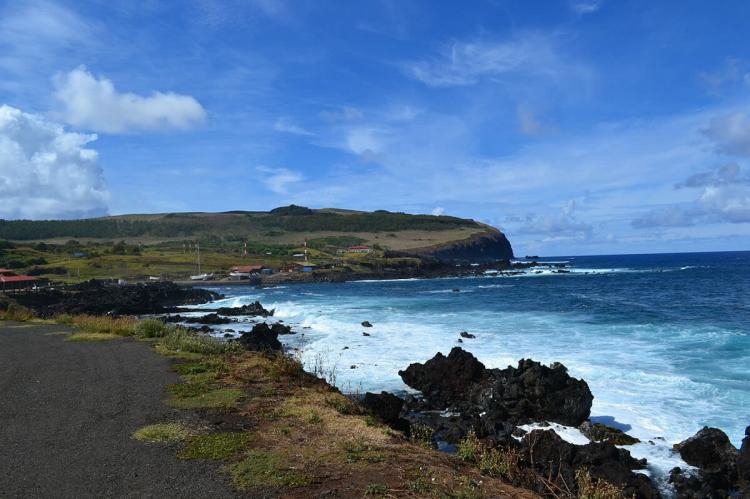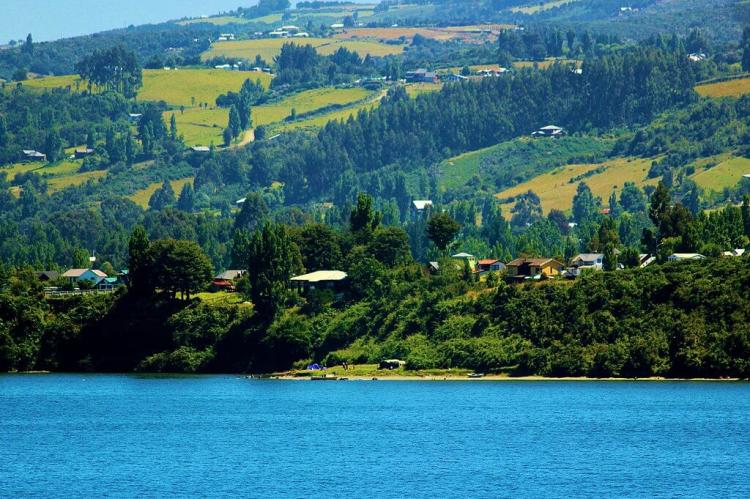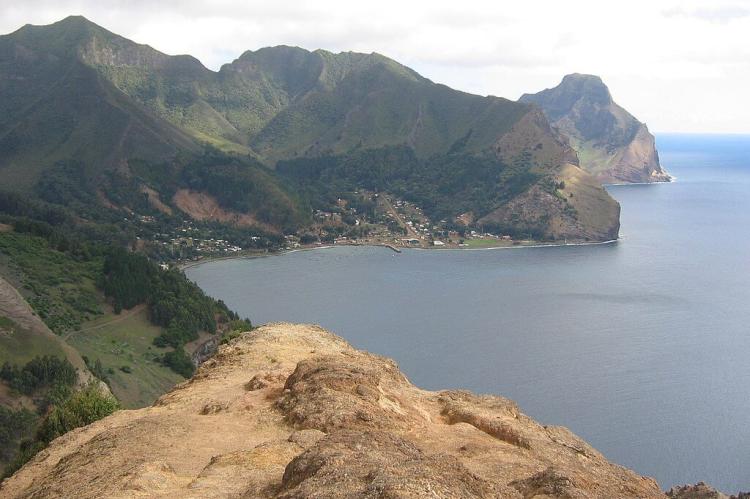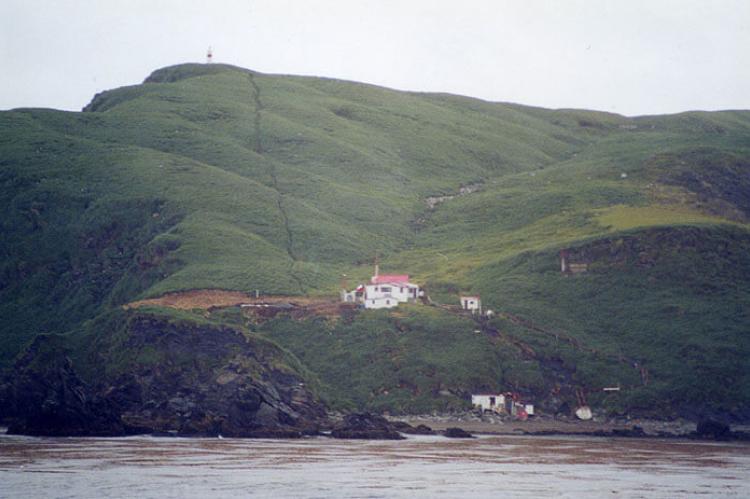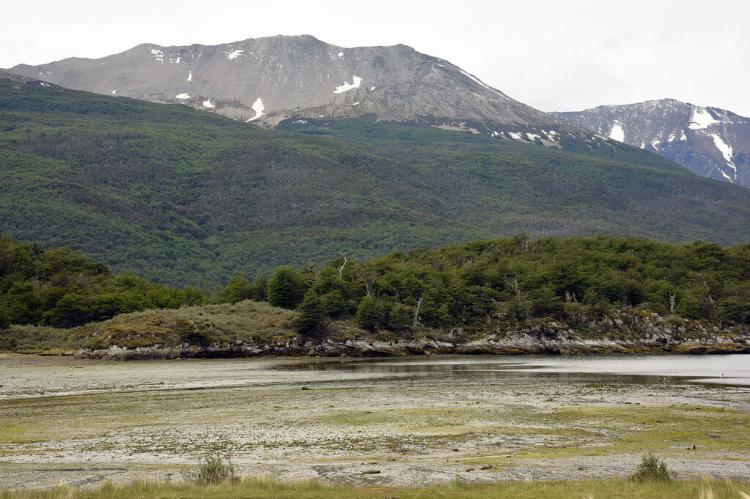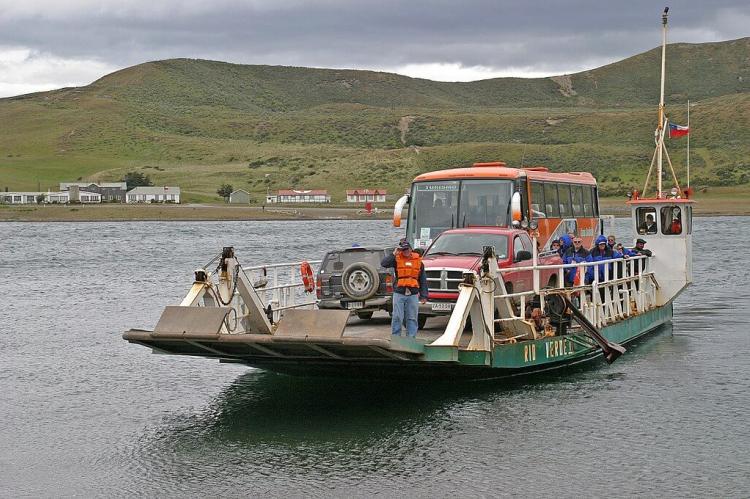Islands and Archipelagos of Chile
Situated along the rugged Pacific coast of South America, Chile is a country of incredible contrasts and natural wonders, ranging from towering Andean peaks to arid deserts. It is also dotted with many islands and archipelagos along its vast coastline, home to remote outposts and bustling cultural hubs.
Islands and Archipelagos of Chile
Situated along the rugged Pacific coast of South America, Chile stands as a land of remarkable contrasts and natural wonders. Beyond its towering Andean peaks and arid deserts, Chile is also home to many islands and archipelagos that dot its expansive coastline. These islands, ranging from remote outposts to bustling cultural hubs, form a diverse and captivating collection of landforms, each with unique characteristics and significance.
With sovereignty over thousands of islands, many nestled in the country's southern reaches, Chile boasts an extensive maritime domain teeming with exploration opportunities. From the windswept shores of the Chiloé Archipelago to the pristine wilderness of the Juan Fernández Islands, these islands offer a rich tapestry of natural beauty, cultural heritage, and ecological diversity waiting to be discovered.
Archipelagos
Chiloé Archipelago: Located in southern Chile, the Chiloé Archipelago is one of the country's most famous and extensive archipelagos. It consists of more than 40 islands, with Isla Grande de Chiloé being the largest and most significant island. Chiloé is known for its distinctive wooden churches (some of which are UNESCO World Heritage Sites), palafitos (houses on stilts), and rich cultural heritage. The archipelago is a popular destination for nature enthusiasts, offering fishing, trekking, and wildlife-watching opportunities.
Tierra del Fuego Archipelago: Located at the southernmost tip of South America, the Tierra del Fuego Archipelago is shared between Chile and Argentina. It consists of numerous islands, including Isla Grande de Tierra del Fuego (shared with Argentina), Isla Navarino, and other smaller islands. The archipelago is known for its rugged landscapes, snow-capped mountains, glaciers, and subpolar forests. Ushuaia, the capital of Tierra del Fuego Province, Argentina, is often called the "End of the World."
Juan Fernández Archipelago: Located in the South Pacific Ocean, approximately 670 km (416 mi) off the coast of Chile, the Juan Fernández Archipelago is a group of volcanic islands. The main islands are Isla Robinson Crusoe, Isla Alejandro Selkirk, and Isla Santa Clara. The archipelago is renowned for its unique flora and fauna, with several endemic species, including the Juan Fernández fur seal and the Juan Fernández firecrown (a hummingbird). The archipelago is a UNESCO World Biosphere Reserve.
Desventuradas Islands: Situated in the South Pacific Ocean, about 850 km (528 mi) north of the Chilean mainland, the Desventuradas Islands are a group of four small islands: San Félix, San Ambrosio, González, and Roca Catedral. These islands are known for their unique marine ecosystems and are an important protected area for conservation.
Guaitecas Archipelago: Located in the Aysén Region in southern Chile, the Guaitecas Archipelago consists of numerous islands, the main one being Isla Guaitecas. The archipelago is known for its stunning fjords, channels, and lush forests. It offers opportunities for kayaking, fishing, and wildlife observation.
Los Chonos Archipelago: The Los Chonos Archipelago is situated in the Aysén Region and consists of numerous small islands and islets. It is named after the indigenous Chonos people who once inhabited the area. The archipelago is known for its remote and pristine wilderness, making it a destination for adventurers seeking untouched landscapes.
Calbuco Archipelago: Located in the Los Lagos Region in southern Chile, the Calbuco Archipelago consists of several islands, the main ones being Isla Grande de Chiloé and Isla Llancahué. The archipelago is known for its volcanic landscapes, beautiful beaches, and traditional fishing villages.
Los Lagos Archipelago: Situated in the Los Lagos Region, the Los Lagos Archipelago is a group of islands off the coast of Chile. The archipelago includes the main islands of Isla Chaitén, Isla Guapiquilán, and Isla Magdalena, among others. It is characterized by its lush forests, fjords, and coastal landscapes.
Diego Ramírez Islands: The Diego Ramirez Islands are a small group of remote islands in the southernmost part of Chile's territorial waters. Situated in the South Pacific Ocean, approximately 108 km (67 mi) southwest of Cape Horn, these uninhabited islands are known for their rugged and isolated landscapes.
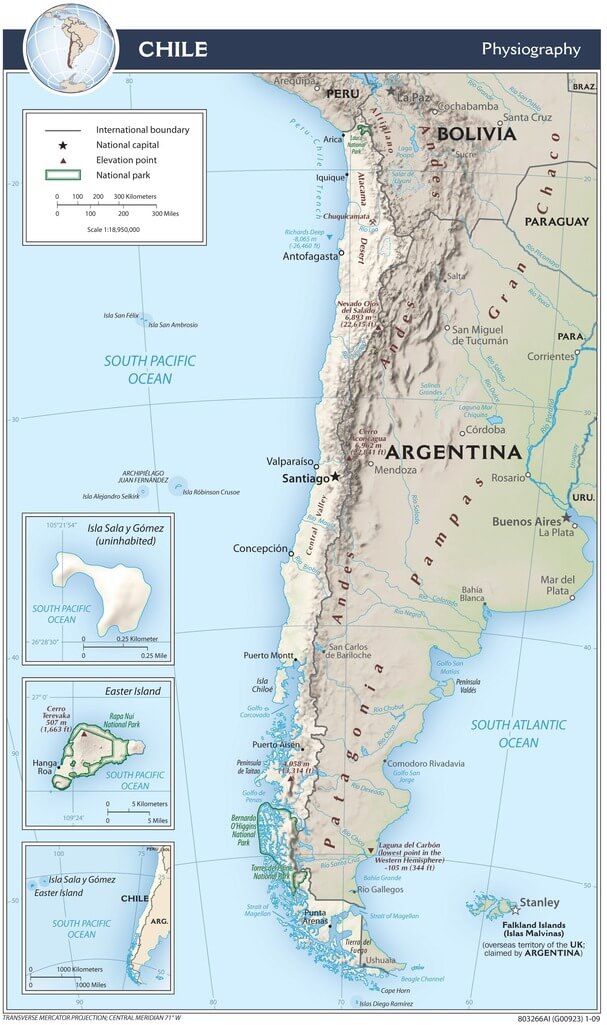
Chile physiographic map.
Notable Islands
Isla Grande de Tierra del Fuego: Tierra del Fuego Island is the largest island in the Tierra del Fuego Archipelago and is shared between Chile and Argentina. Situated at the southernmost tip of South America, the Strait of Magellan separates the island from the mainland. It is characterized by its diverse landscapes, featuring mountains, forests, rivers, and fjords.
Riesco Island: Located in the Magallanes Region, Riesco Island is the second-largest island in Chile after Isla Grande de Tierra del Fuego. Riesco Island is characterized by its rugged landscapes, including mountains, valleys, and fjords.
Hoste Island: Located in the Tierra del Fuego Archipelago, the island is characterized by its pristine and rugged wilderness, featuring diverse landscapes such as mountains, glaciers, and fjords.
Navarino Island: Navarino Island is the southernmost inhabited island in Chile, situated in the Tierra del Fuego Archipelago. It is located south of the Beagle Channel and across from Puerto Williams, the southernmost city in the world. Rugged mountains, pristine forests, and numerous lakes characterize the island's landscapes.
Wellington Island: Located in the Magallanes Region in southern Chile, Wellington Island is the largest island in Chile and one of the largest in South America. It is known for its stunning fjords, glaciers, and remote wilderness.
Madre de Dios Island: In the Magallanes Region, Madre de Dios Island is known for its wildlife, including penguins and sea lions. It is a popular destination for birdwatching and nature enthusiasts.
Isla Mocha: Located off the coast of Central Chile, Isla Mocha is known for its pristine beaches, forests, and diverse wildlife. It is a designated nature reserve and an important habitat for various bird species.
Chonchi Islands: Situated in the Chiloé Archipelago, the Chonchi Islands are a group of islets known for their rich marine biodiversity and birdwatching opportunities.
Easter Island (Isla de Pascua, Rapa Nui): Located in the South Pacific Ocean, Easter Island is one of Chile's most famous islands. It is known for its ancient moai statues, UNESCO World Heritage Sites, and unique Polynesian culture.
Mocha Island: Located off the coast of Central Chile, Mocha Island is known for its pristine beaches, forests, and diverse wildlife. It is a designated nature reserve and an important habitat for various bird species.
Caguach Island: Situated in the Chiloé Archipelago, Caguach Island is known for its traditional religious festivals and UNESCO-listed wooden churches.
Meulin Island: Located in the Chiloé Archipelago, Meulin Island is known for its beautiful landscapes, including sandy beaches and rolling hills.
Chullec Island: Located in the Chiloé Archipelago, Chullec Island is known for its traditional way of life and its production of curanto, a traditional Chilean dish.
Isla de Pájaros: Located in the Magallanes Region, Isla de Pájaros (Birds Island) is an important breeding ground for seabirds and is a designated nature sanctuary.
Magdalena Island and Marta Island: Magdalena Island and Marta Island are two islands comprising the Los Pingüinos Natural Monument. These islands are a crucial breeding ground for protected Magellanic penguins. Other protected animals in this area include the sea lion, the Dominican gull, the black-eyebrowed albatross, and the imperial cormorant.
